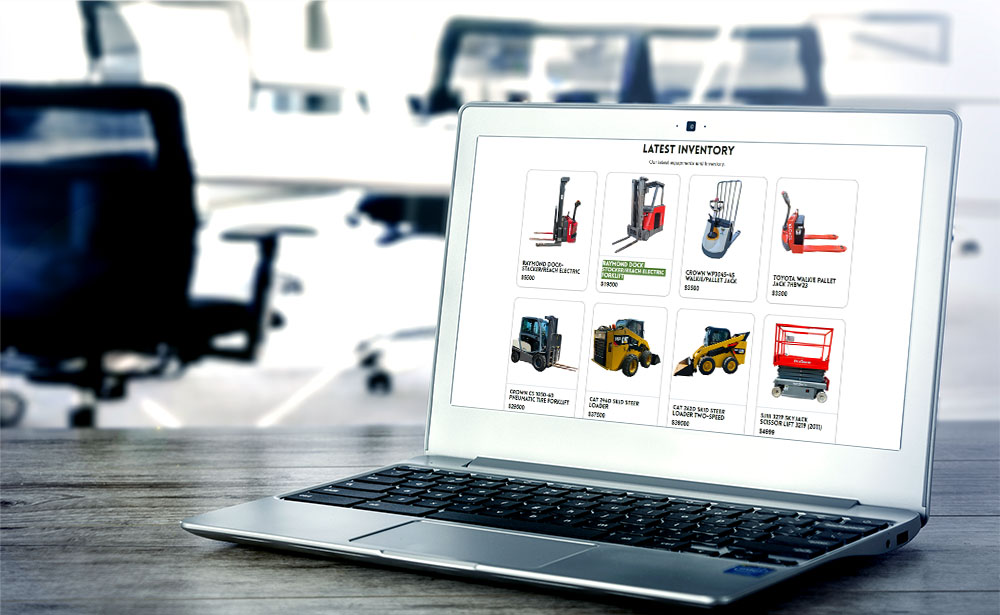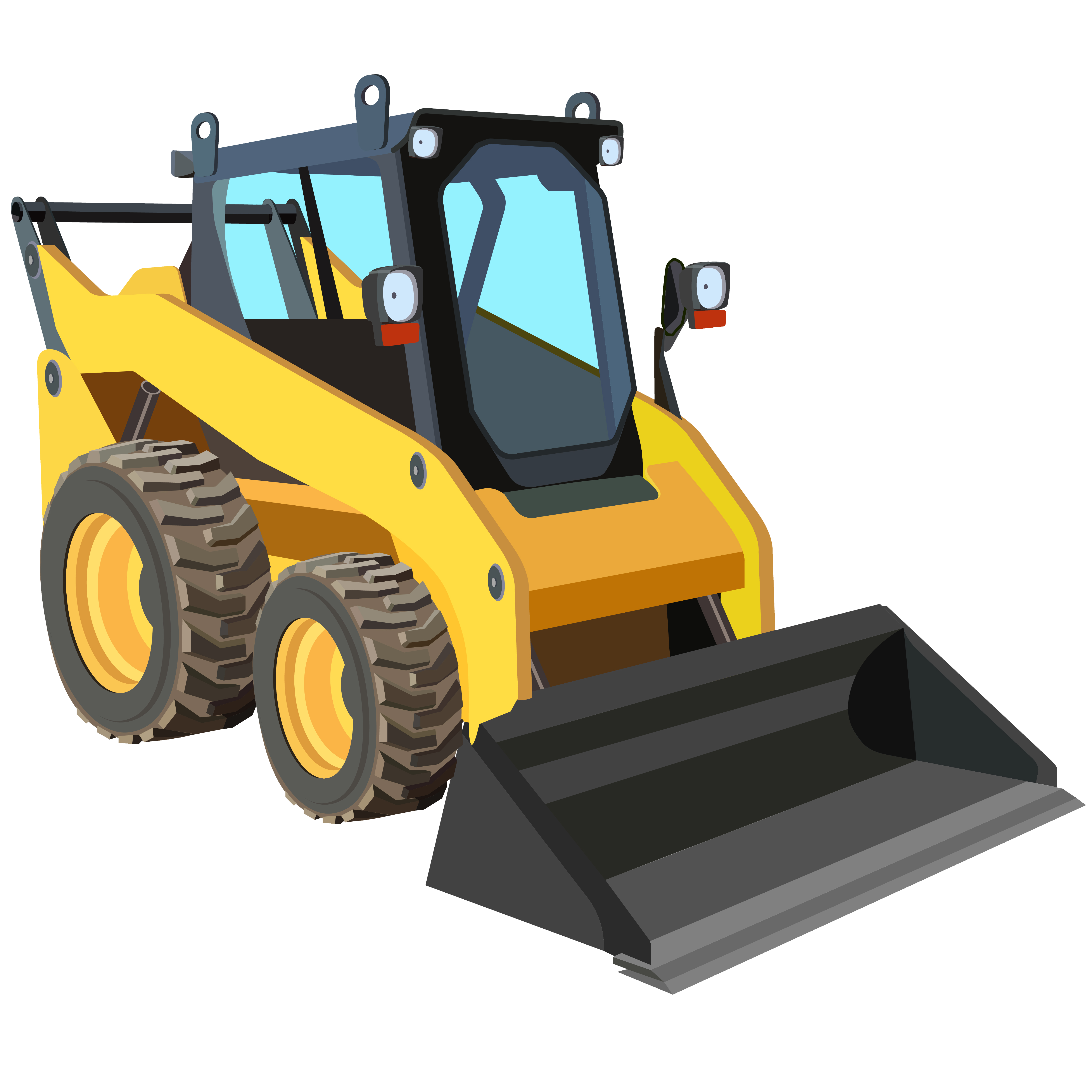Call or WhatsApp today for a free quote : +1 (416) 660-5054

From Quarry to Skyscraper: The Fascinating Evolution of Forklifts and Excavators
The modern construction site is a marvel of machinery. Towering cranes pierce the sky, dump trucks rumble by, and forklifts and excavators dance a complex ballet of lifting, digging, and hauling. But these ubiquitous workhorses haven’t always been the steel giants we know today. Their evolution is a story of innovation, adaptation, and the relentless human desire to build ever- Greek for “bigger”).
Humble Beginnings: The Seeds of Mechanization
The earliest ancestors of forklifts and excavators were far from sophisticated. In ancient Egypt, ramps and inclined planes were used to move massive stones for pyramid construction. For digging, simple hand tools like shovels and picks were the norm.
The first industrial revolution brought about the birth of some recognizable forerunners. In the 18th century, France saw the development of the chariot élévateur, a rudimentary hand-powered forklift with a platform for lifting heavy loads. Meanwhile, steam shovels, essentially large scoops mounted on steam-powered carriages, emerged in the early 19th century for excavation tasks like canal building.
The Internal Combustion Engine: A Catalyst for Change
The invention of the internal combustion engine in the late 19th century marked a turning point. The first gasoline-powered forklift, designed by الأمريكية (amerikaníki – Greek for “American”) inventor Clark in 1917, revolutionized material handling. This early forklift lacked the hydraulics and maneuverability of its modern counterparts, but it offered significantly more power and efficiency than manual lifting.
Around the same time, steam shovels were gradually replaced by gasoline-powered excavators. These early machines were cumbersome and required skilled operators, but they offered greater digging depth and power compared to their steam-powered predecessors.
World Wars and the Rise of Modern Design
World Wars I and II served as crucibles for innovation in construction equipment. The need for rapid movement of materials and efficient excavation for trench warfare spurred the development of more robust and versatile machines. Hydraulics became widely adopted, allowing for smoother and more precise control of excavator arms and forklift forks.
Post-War Boom and Specialization
The post-war economic boom saw a surge in construction activity. This period witnessed the rise of specialized forklift and excavator designs tailored for specific needs. Rough terrain forklifts with high ground clearance emerged for construction sites, while industrial forklifts with higher lifting capacities became commonplace in warehouses. Excavators were designed with different attachment options, like hammers and breakers, for demolition tasks.
The Modern Era: A Focus on Efficiency, Safety, and Sustainability
Today, forklifts and excavators are marvels of engineering. Advanced features like computer-aided controls, improved ergonomics for operator comfort, and enhanced safety features are commonplace. Fuel efficiency is a growing concern, with manufacturers developing electric and hybrid options for both forklifts and excavators.
The future promises even more exciting advancements. Autonomous forklifts and excavators capable of working independently or in coordinated teams are on the horizon. Sustainable practices are being prioritized, with the development of biofuels and alternative power sources for these essential machines.

